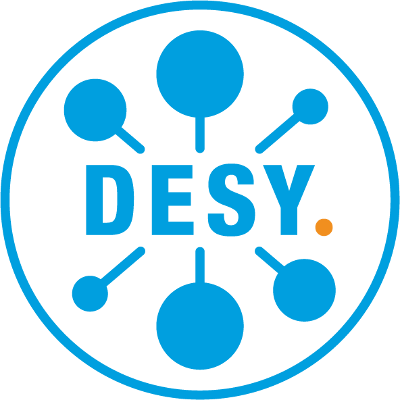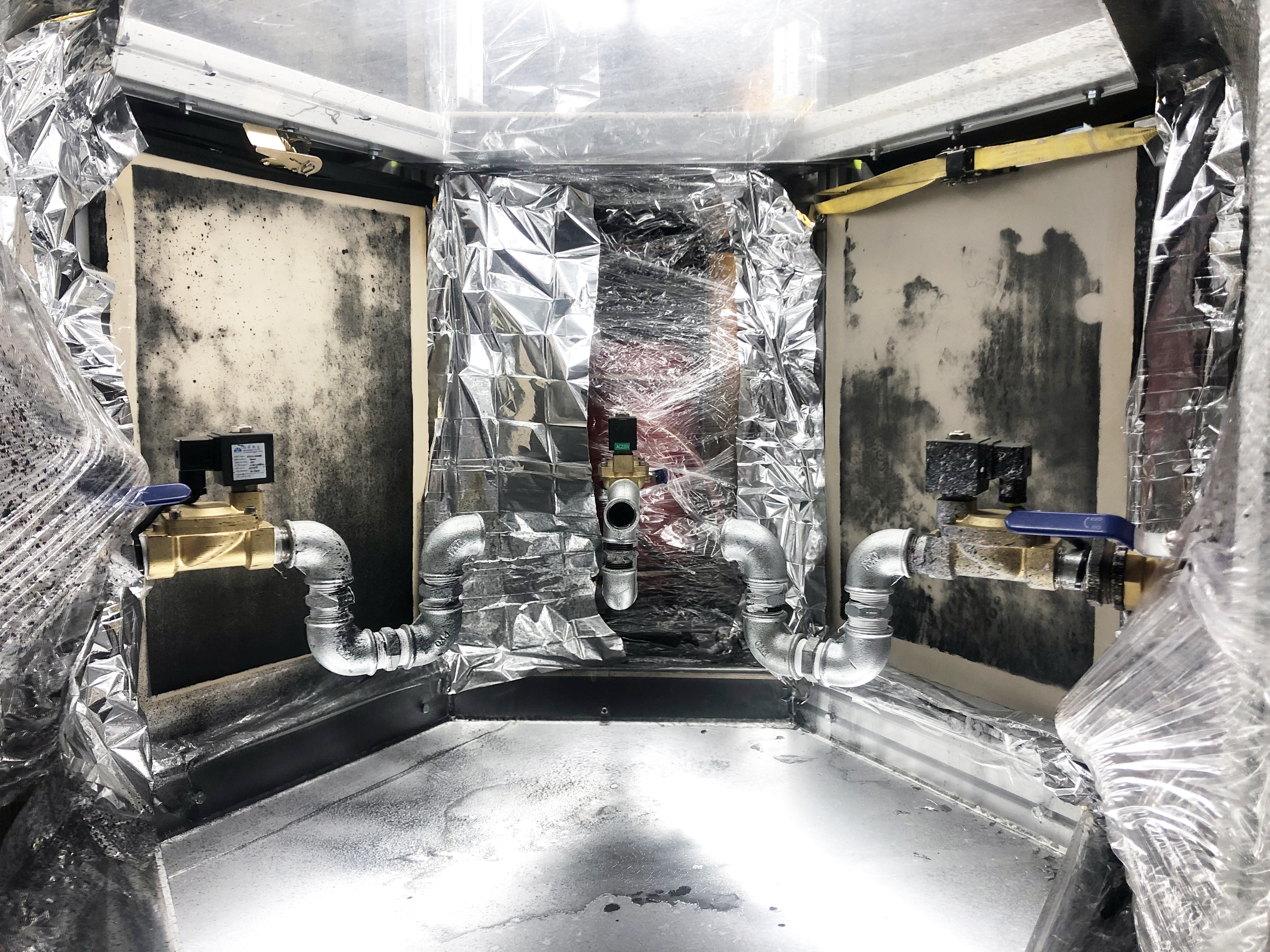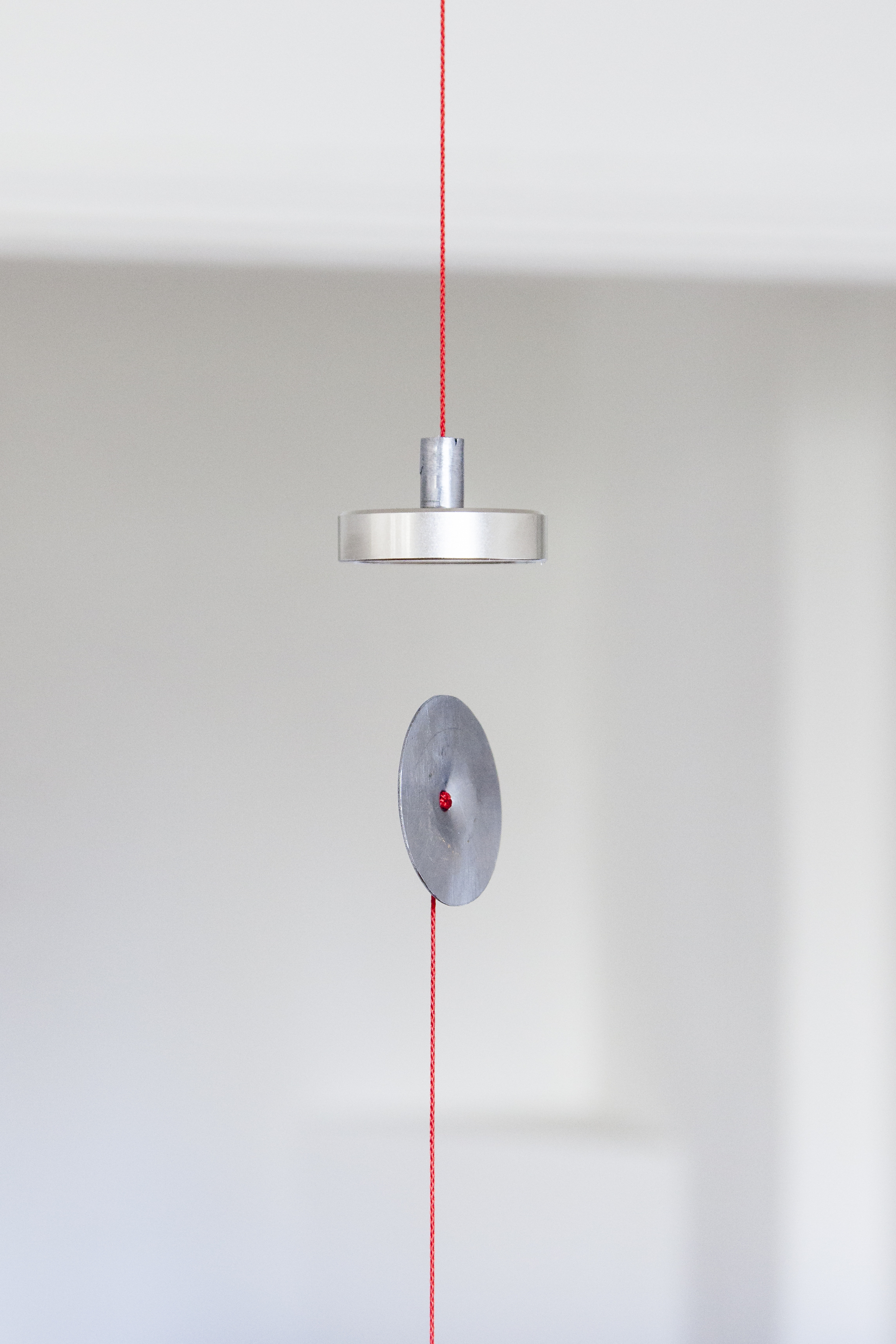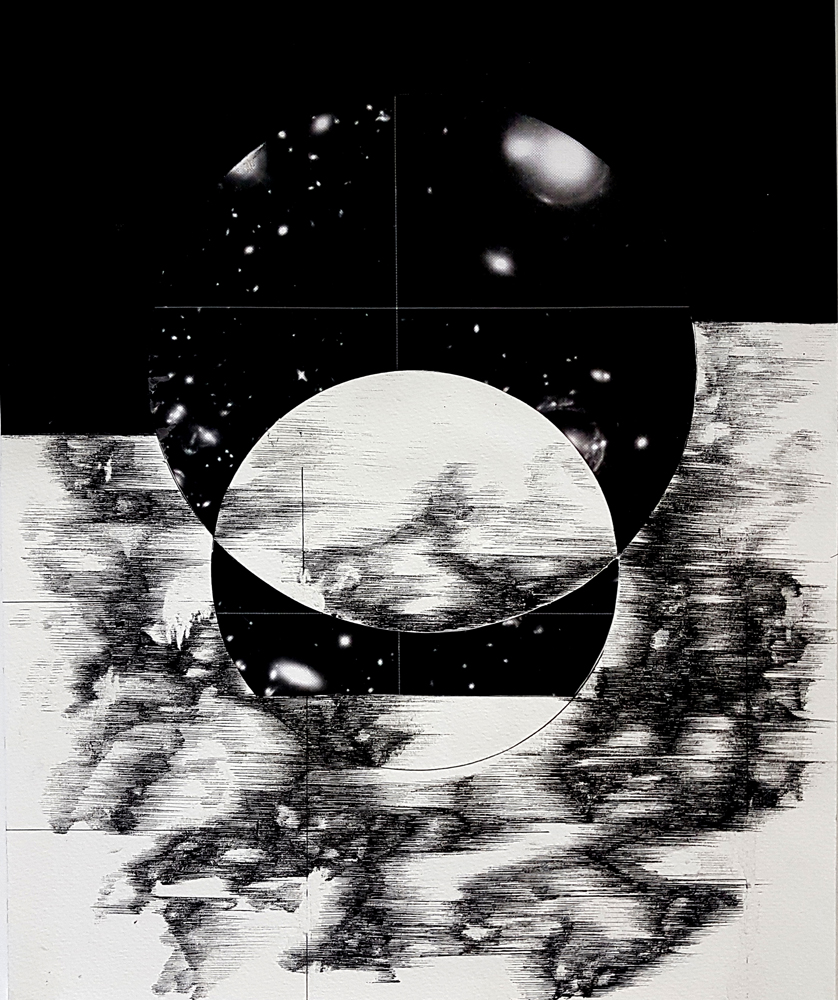Cosmic Encounters between Art and Science
Text: Belinda Grace Gardner
Artists:
How did the universe come into existence and of what does the matter surrounding us consist? Which systems and forces are active in it? And which place does our world have in the cosmic order? These questions are not only of concern to scientists. In the exhibition HIGH ENERGY, which is taking place in conjunction with the EPS- HEP conference 2023 in Hamburg, the latest developments in high energy, particle, and astroparticle physics will encounter current artistic explorations of physical phenomena and scientific discoveries. The participating artists Marcel Große, Simone Kessler, Julia Münstermann, and Jana Schumacher have been engaged with issues that are also of interest to researchers for a longer period of time. A few years ago, they already took part in the collaborative project ART MEETS SCIENCE hosted by the Helmholtz research center DESY in Hamburg, which was dedicated to mysterious dark matter. The most recent encounter between art and science will take us to the cosmic realms extending between heaven and earth. On their adventurous journeys from the microcosm to outer space, the artists are following multiple paths in a wide range of mediums, including drawings, film, graphic prints, and spatial installations.
Devices used in particle physics inspired Marcel Große to launch an open-ended experiment, whose results will be presented in the exhibition. In her installation revolving around the forces of gravity, Simone Kessler is tracing the invisible processes that constantly surround us. In her series of processual ink drawings, Julia Münstermann creates pictorial cosmic spaces through a collision between intention and chance. And the drawings produced by Jana Schumacher visualize science’s quest for solutions to the great mysteries of the universe.
The exhibition reveals that the methods of art and science follow similar impulses: both are concerned with making phenomena concrete that elude immediate access. The artists presented in its framework develop different aesthetic approaches to making the unimaginable and invisible manifest. In the process, they draw upon scientific methods to articulate realizations about our existence in the world, in the cosmos, and in the various dimensions of our lives as human beings. Scientists, in turn, make use of artistic practices in order to develop new ideas beyond the well- trodden paths. Conceiving the unimaginable, processes of intuitive research, the incorporation of coincidence and possible failure are artistic as well as scientific methods of casting light on the unknown, while heading towards the wonders of our universe, whose exploration has only just begun.
Marcel Große
Scientific procedures form the basis of Marcel Große’s open-ended artistic experiments, in which he is seeking to visualize processes. In his experimental set- ups, he employs a wide range of materials: from devices derived from laboratory contexts, to plumbing supplies, to compressed air tanks used in vehicle production. Invariably, he incorporates the element of surprise in his works, embracing possible failure. Analogous to methods of research, the artist’s guiding principle lies in productive deviation: in the exception that creates new rules.
His experimental installation Accelerator3 (2022) was inspired by the devices used in particle physics to simulate the cosmic big bang and to measure dark matter. It was conceived for the exhibition WIE ALLES BEGANN (2022–2023) at the Museum der Arbeit Hamburg (2022–2023): an ensemble of three compressed air tanks facing each other that were simultaneously discharged in a closed compartment. The resulting pressure wave dispersed ink particles, which collided with lithographic stones. Here, analogue prints replaced digital recording methods. In HIGH ENERGY, Große is presenting an evaluation of the collisions that Accelerator3 elicited while on display at the Museum der Arbeit. In addition, he is developing a model from original elements drawn from the DESY research center, which in combination with light simulates an accelerator.
Marcel Große, Beschleuniger^3, 2023, Aluminiumprofile, Drucklufttanks, Lithografiesteine, Kompressor, diverse elektrische Komponenten, Detail
Simone Kessler
Research and material as well as immaterial transformation processes are at the center of Simone Kessler’s artistic practice in a range of mediums that include video, photography, and spatial installations. The artist, who is currently also collaborating with a team of biologists in Munich, interconnects philosophical and scientific issues in her work, including ecological and botanical interdependencies, anthropomorphic constructs of intelligence, and the repercussions of the climate crisis. Her installation Span (2023), developed for the exhibition HIGH ENERGY—a row of lines in space consisting of red strings, magnets, and opposing metal discs, which are quasi held in place by the tension between “voids”—is part of the ongoing series Sequence (since 2019). Here, Kessler is investigating the balances between lightness and heaviness as well as between the energies of attraction that are either too weak or too strong. It is part of a larger exploration of the subtle, invisible energies, which surround and determine all existence on our planet and in the universe: extending from the forces of gravity to sound waves and the ephemeral flow of time.
Julia Münstermann
As a physical measuring principle, entropy refers to the disorder that is progressively increasing in the universe. This is countered by the force of gravity, which brings forth entities such as galaxies, solar systems, and planets. In her series, Entropy (ongoing since 2020), Julia Münstermann employs the opposing principles of order and disorder, structure and chaos to create pictorial compositions. Recalling black- and-white images captured by powerful space telescopes, this group of process- based ink works evokes interstellar nebulae, black holes, stellar clusters, and other cosmic phenomena: views into the depths of outer space, which appears in ever-changing configurations. The artist, who is active in the expansive field of painting and is concerned with scientific research and the visualization of the intangible, conflates intention and coincidence here in an aesthetic experiment. In her cosmic pictorial spaces, liquid ink collides with salt crystals, whose solvation energy generates unpredictable galactic structures. Thus, in the pictorial space, the emergence of formations in outer space is replayed, which spring forth from the confrontation between order and chaos.
Jana Schumacher
In Jana Schumacher’s drawings and installations, abstract structures are condensed into ornaments of existence. The artist spans an arc from the microcosm to the macrocosm, which leads into the depths of outer space. In doing so, she also addresses the boundaries of perception and the verifiability of phenomena that so far have eluded our grasp, such as the question what came before the big bang. Her ongoing series of sculptural ink drawings on torn paper, Starship Sailing (since 2018), arose from a collaboration with scientists of the DESY research center in the framework of the first ART MEETS SCIENCE project in 2017. Inspired by discoveries in astro- and particle physics, she explores phenomena such the dual properties of light, which she pursues on the basis of the double-slit experiment employed in physics. In this series, as also in other works created by the artist, the objective is to make the impalpable visible by transposing complex processes into a multi-layered aesthetic language. A focus lies on the ongoing search of science for solutions to the major mysteries of existence, whose parameters are constantly shifting. Schumacher’s artistic research not least draws attention to the scientific procedures themselves: as mutable instruments of cognition that continue to generate ever new images.




